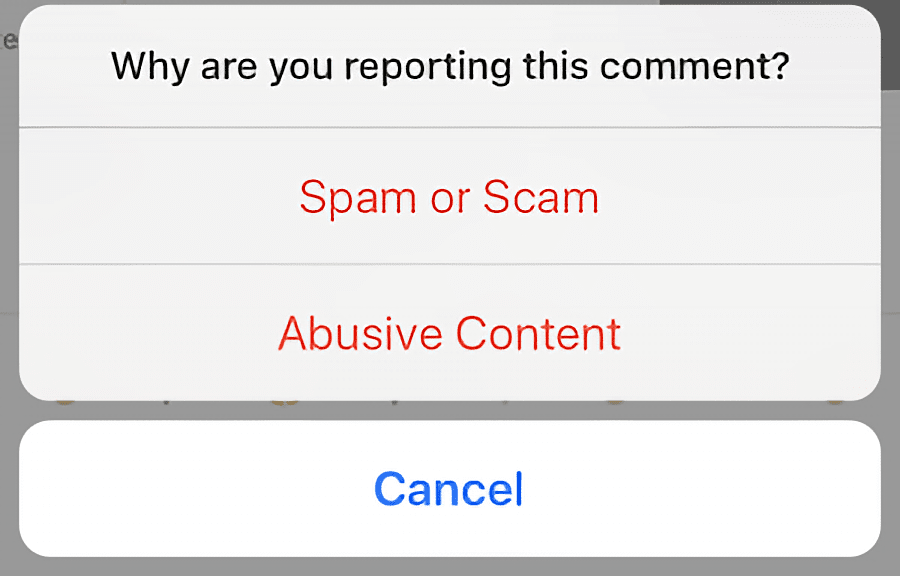
Reactions in Twitter DMs.
Likes are a most perfect binary, but the meaning of a like can vary. Consider the following interpretations of likes on Instagram:
- This photo is incredibly inspiring to me and I want it hanging on my wall
- I like it when you like my photos and comments, so I will like your work as part of the social contract we have settled into
- I appreciate your comment on my photo and I want to recognize your participation
It’s difficult, however, to “like” something with painful or negative emotions. How should viewers react to photos or comments announcing the death or illness of a loved one, or injury, or other loss?
In February 2016 Facebook introduced reactions. Techcrunch’s reporting in 2015 ahead of the reactions launch focused on expanding the range of feedback. Quoting Zuckerburg from a public Q&A:
“People aren’t looking for an ability to downvote other people’s posts. What they really want is to be able to express empathy. Not every moment is a good moment, right? And if you are sharing something that is sad, whether it’s something in current events like the refugee crisis that touches you or if a family member passed away, then it might not feel comfortable to Like that post.”
Wired’s coverage of the feature focuses on mobility: at the time of introduction, 90% of Facebook’s users were primarily using mobile devices:
Commenting might afford nuanced responses, but composing those responses on a keypad takes too much time. People needed a way to leave feedback that was quick, easy, and gesture-based, says Zhuo. Emoji, it seemed, were the best option.
Emoji are more than playful shorthand for the written word. Nearly 70 percent of meaning derived from spoken language comes from nonverbal cues like body language and facial expression, says Vyvyan Evans,a professor of linguistics at Bangor University who studies the use of emoji in communication. “The stratospheric rise of emoji,” in text messaging, on Facebook, and elsewhere, he says, “is essentially fulfilling the function of nonverbal cues in spoken communication.”
In February 2020 Signal introduced reactions:
When you’re standing next to a friend who says something funny, you can just laugh. You don’t need to pause and say “I found what you just said humorous” or quote their own words back to them before displaying a real-world emoji on your face. This feeling of immediacy and effortless response is what reactions are all about.
Their announcement also speaks to the social pressures against commenting when you know a number of people will get alerts:
In addition to enabling fast responses within one-on-one conversations, reactions also improve the group experience. If you’ve ever been hesitant to light up a bunch of phones and make 30 people in the bowling league check their pockets, those days are over. Now you can send someone a ❤️ without making yours skip a beat.
Group participants will see each other’s reactions the next time they open the conversation, but reaction notifications are only sent to the original author. Your phone will still go crazy if you say something incredible. The other bowlers will be spared so they can focus on their strikes.
In June 2020, Signal expanded reactions to include any emoji. “The ellipsis is a gateway to new feelings” they explained.
In June 2020 StackOverflow introduced reactions:
We’ve been seeing people share their gratitude for the Stack Overflow community and its great answers on other social channels for years now. As it exists today, Stack Overflow doesn’t provide a way for users to just say “thank you” and show others appreciation for taking the time to answer their questions.
Reactions with very specific meaning: spam and abuse reports
In the abstract, marking that you like something isn’t so different from marking it as spam or offensive. In both cases the end-user is in the context of content or discussion on your site or app and wishes to react to that specific content or comment. The data model in both cases is an object of some meaning attached to another object (content or comment, etc.).

Reporting a comment on Instagram.
Spam and abuse reports require additional and very specific handling/workflows to be acted on, but it’s worth thinking about the additional uses and meaning reactions can have.